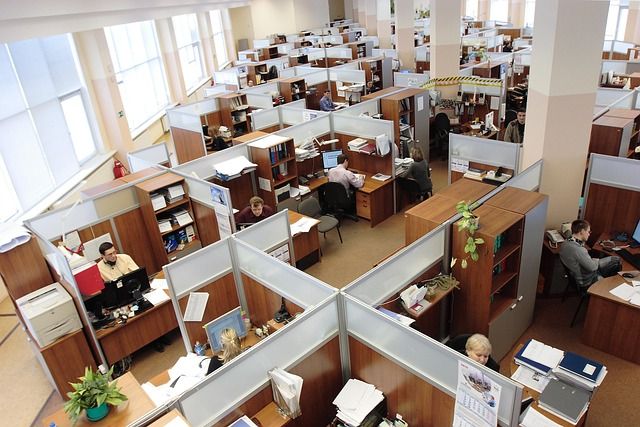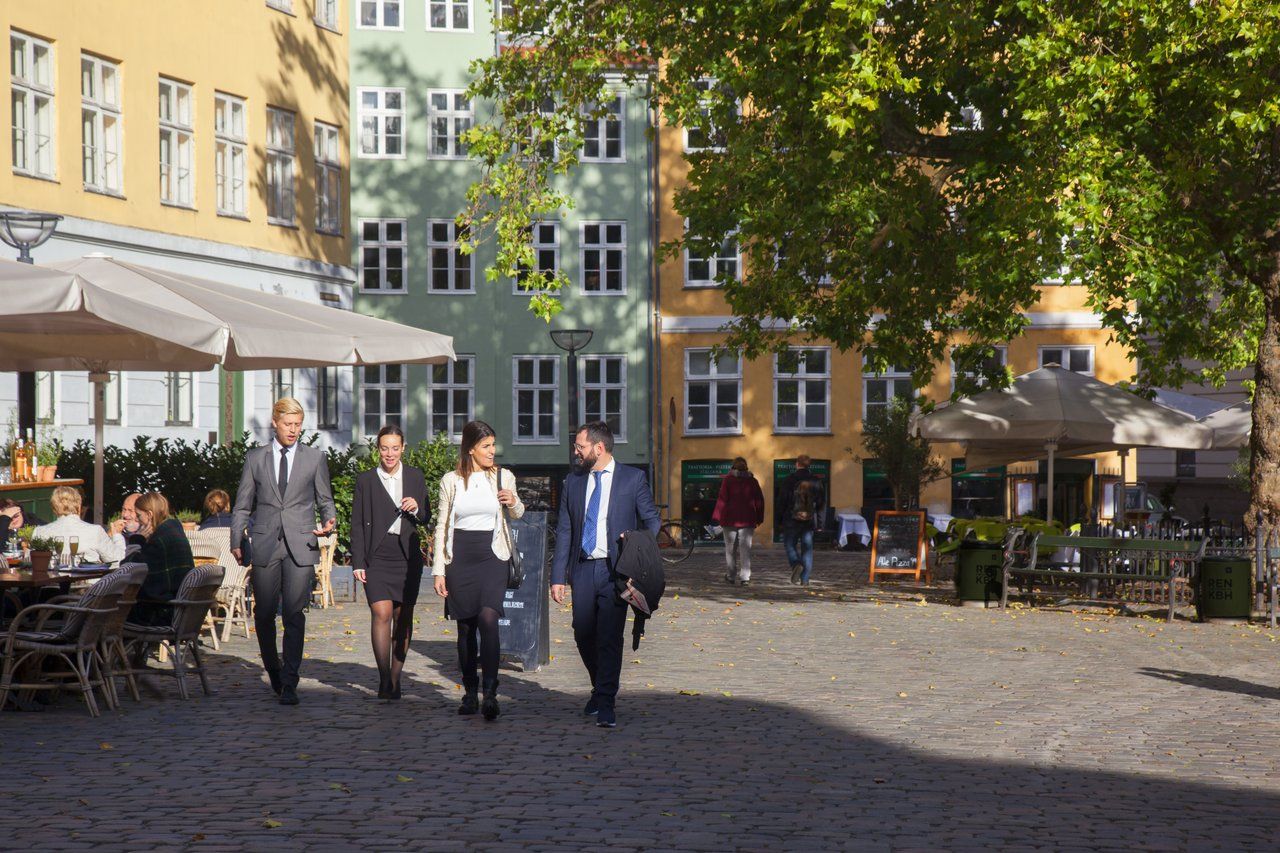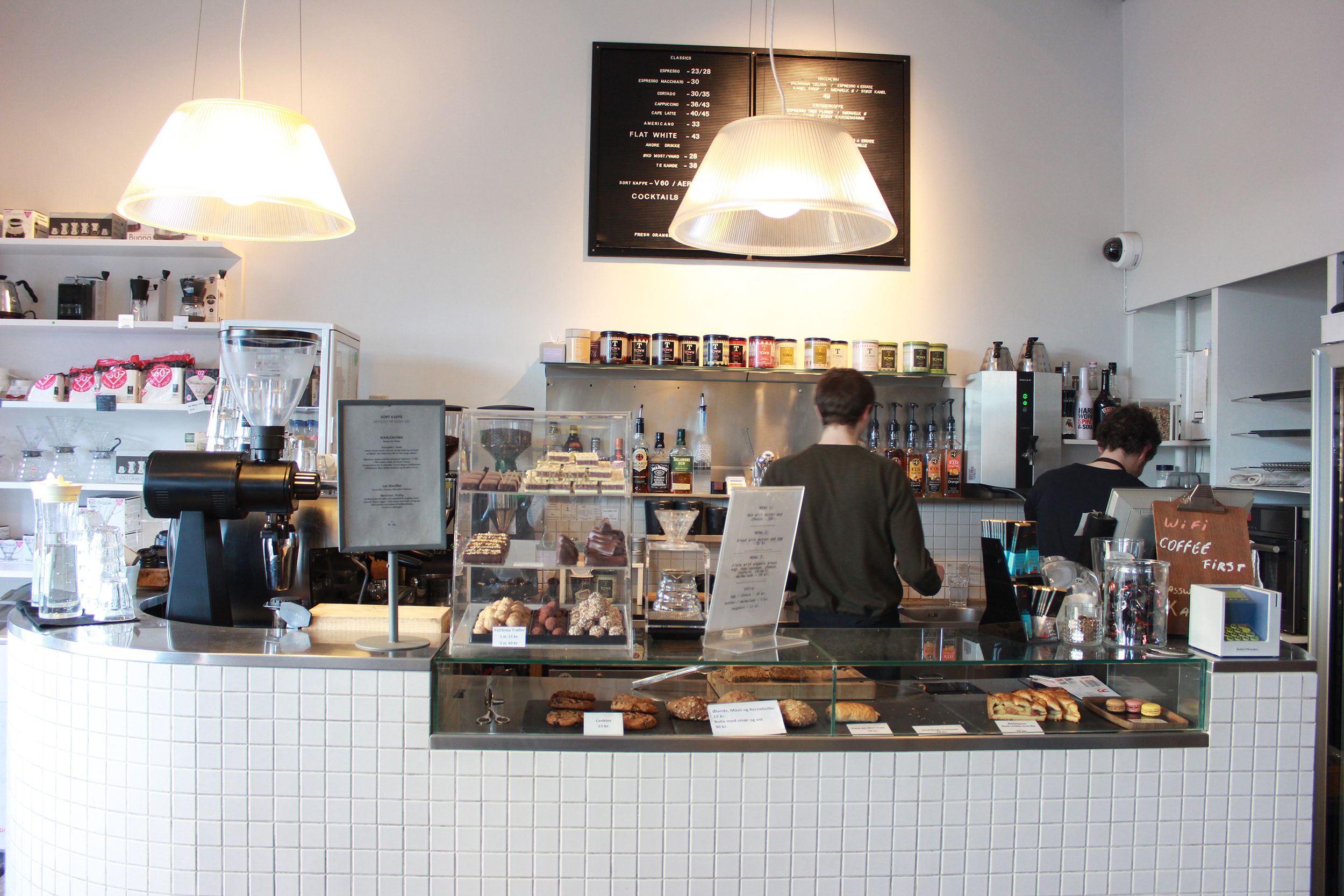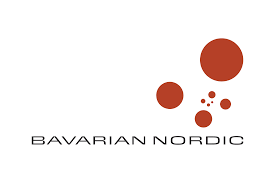Shared custody arrangements can work well for children of divorce between the ages of 11 and 15, so long as the parents are flexible and communicate with each other, a new report from social welfare research centre SFI shows.
“Parents are generally good at getting together and making the set-up work,” Mai Heide Ottosen, a senior scientist and program manager at SFI, told science news website videnskab.dk.
The study shows that one in five children split living time equally between both parents, and that when parents worked together, those children fared better than children who lived primarily with one parent.
Ottosen stressed that co-operation, not court imposed rules governing custody, was the most important factor for the well-being of the children.
"First and foremost, parents need to work well together, and custody must be designed so that the young people themselves feel that they have a say,” Ottosen told videnskab.dk.
The study also revealed that a lack of co-operation between divorced parents is detrimental to children.
Situations where divorced parents either insulted each other or had little contact resulted in their children feeling more like they were living two separate lives than those adolescents whose parents worked to make the joint arrangement function smoothly.
"Parents who work on the arrangement so that they, for example, live near each other, create good conditions for a child’s or young person’s life to hang together,” Ottosen told Videnskab.dk.
SFI's child development study has followed 6,000 children since they were born in 1995.
Data regarding the children's health, recreational habits and other categories has been collected in five rounds, most recently in 2011, when the children were 15.
Ottosen had previously examined the children’s custody arrangements during the early years of their lives up to age 7.













